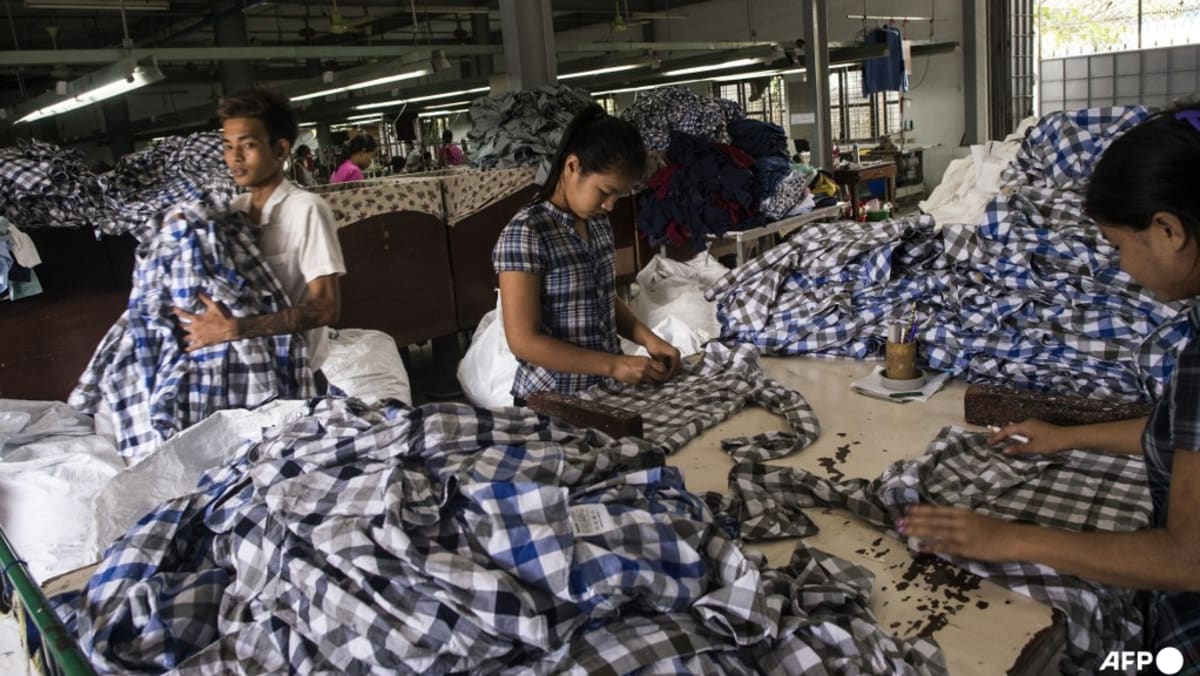Commentary: Falling wages in Myanmar intensify debate over whether clothing brands should “stay or go”
Inflation leads to wage losses
The statutory minimum wage will effectively be 6,800 kyat per day from August 2024. This includes a daily basic wage (last updated in 2018) of 4,800 kyat, plus two additional daily allowances of 1,000 kyat to be announced in 2023 and 2024. If the minimum wage had kept pace with inflation since its last adjustment in 2018, it would now be about 12,000 kyat per day.
Real wages have also fallen dramatically. Data from H&M – one of the few brands to provide transparent data – shows that wages (including guaranteed wages but excluding variable items such as overtime and bonuses) have risen from 199,000 kyat per month in 2020 to 248,000 kyat per month at the end of 2023, an increase of 25 percent.
During the same period, the Consumer Price Index (CPI) rose by an estimated 88 percent and the cost of common foods increased by 160 percent, according to the International Food Policy Research Institute.
The result is that an H&M salary that was more than enough to support an average family in 2020 would no longer be enough by the end of 2023. While some factories have increased wages by 20 to 30 percent in 2024 in response to the shortage of workers after conscription, this has not offset years of falling real wages.
There are several reasons for the decline in wages. The main reason is the high inflation caused by the military regime’s money printing and the population’s distrust of the kyat.
Factories are also facing an increasingly inefficient and difficult business environment. The electricity supply has worsened: Yangon’s industrial areas now experience an average of 20 hours of power outages per day. Almost all factories have a generator, from which they get around 62 percent of their electricity – at considerable additional cost.
Logistics are more complicated and expensive, with land routes to China and Thailand severely disrupted by the fighting. Since the introduction of conscription law in February 2024, more and more workers are also leaving the country.
The devaluation of the kyat has partly offset the growing challenges, as factories sell in foreign currency but have most costs in kyat. Even with a complex foreign exchange system manipulated by the military regime, factories still receive more than twice as many kyat per dollar as they did before the coup.
If factories gave workers the same amount in US dollars that they paid in wages in 2020—about $140 a month, according to H&M—tokenized in the kyat they receive through exchange today, they would receive over 400,000 kyat a month. Instead, H&M’s data shows that wages in US dollars have fallen from $140 in 2020 to just $94 a month in 2023.

